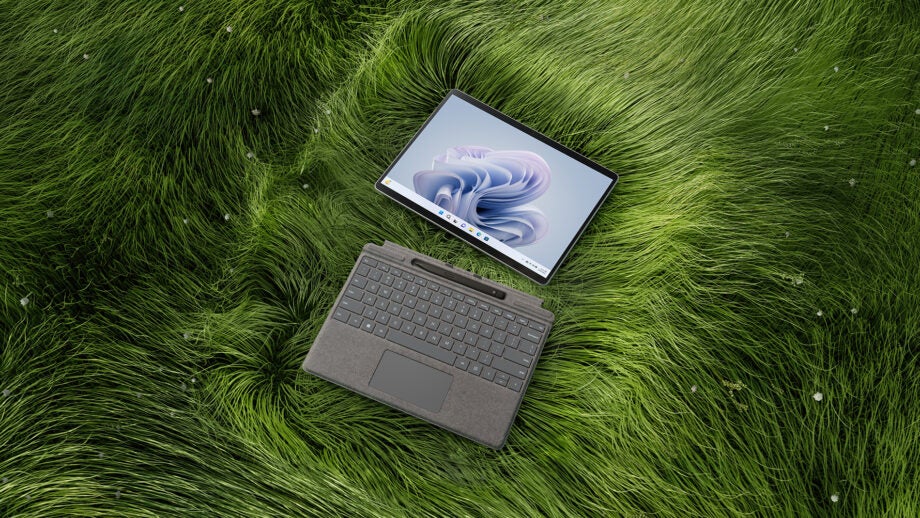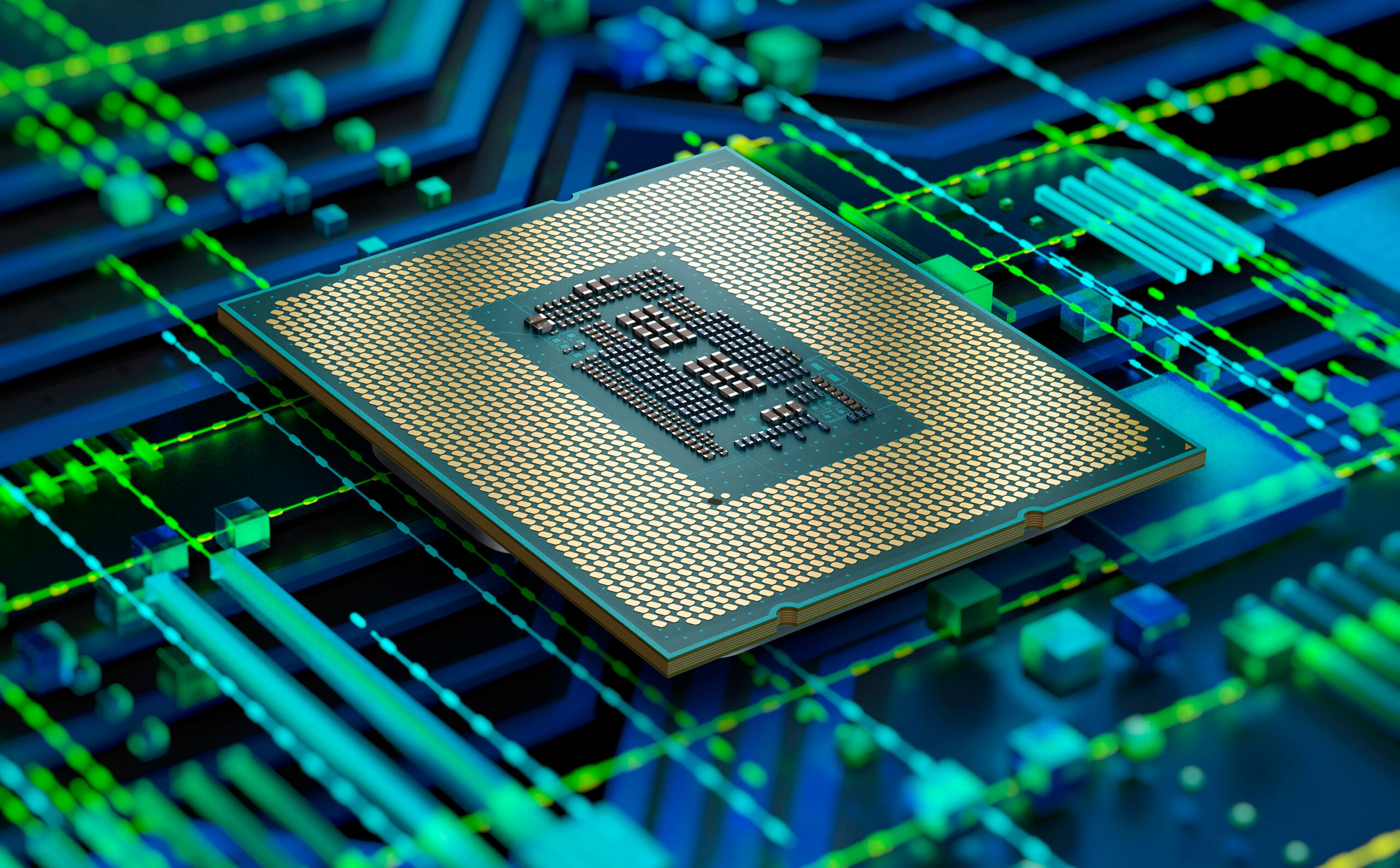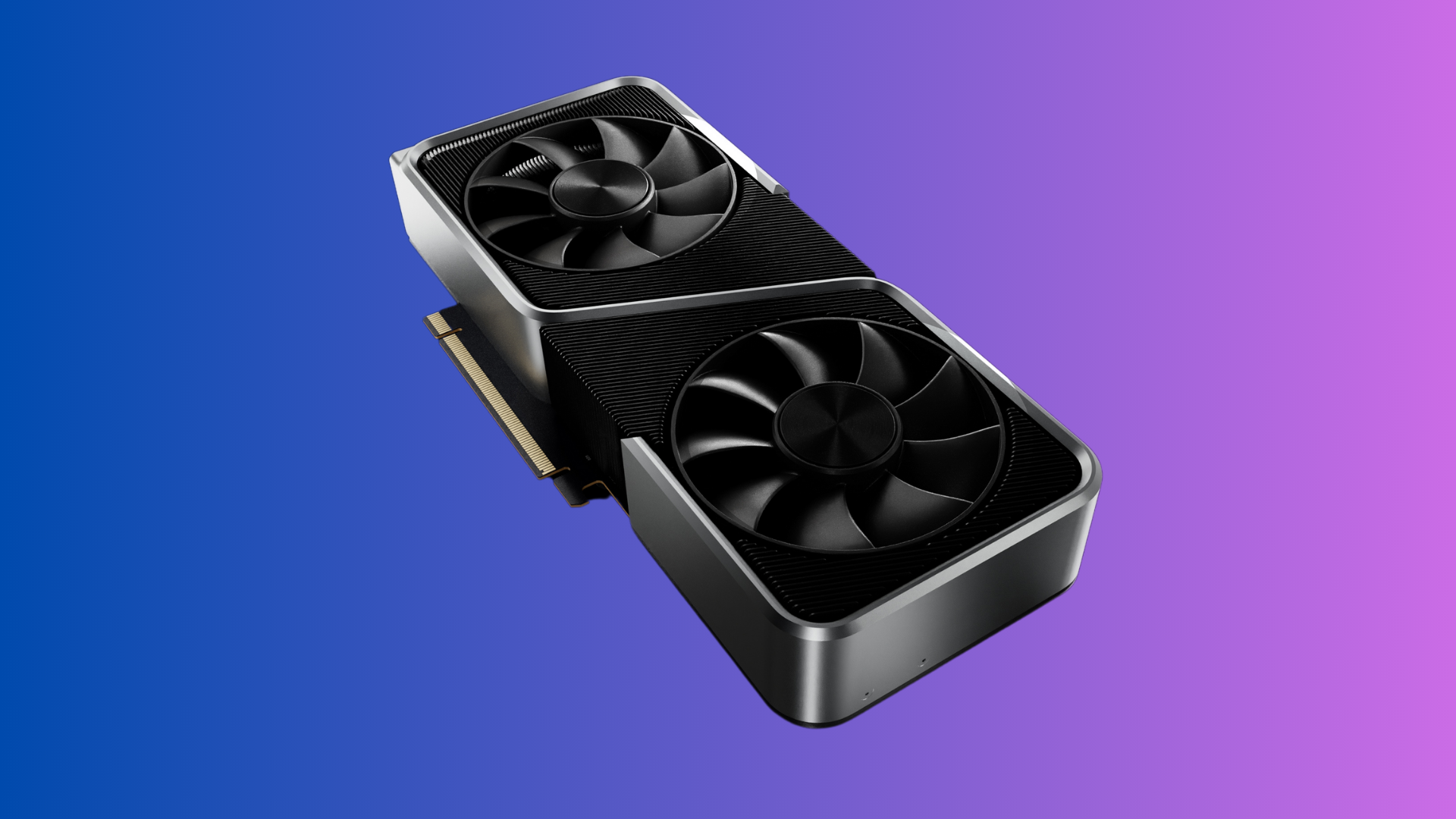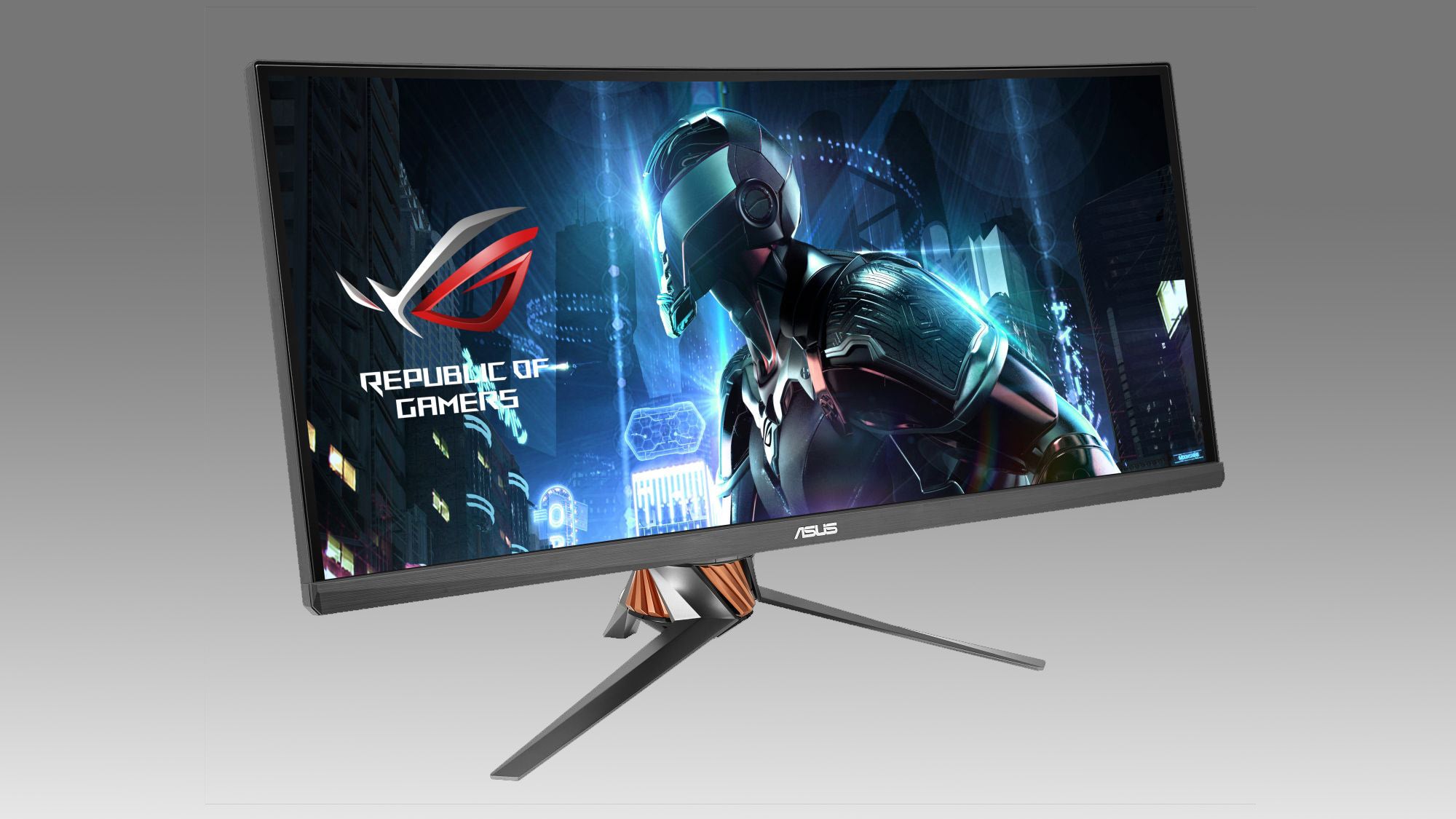What is a Microsoft Pixel Sense display?

Anyone who’s been looking at buying Microsoft’s latest Surface range of laptops will have come across the Pixel Sense display, but what is it and why is it important?
Microsoft has recently updated some of its most iconic laptop ranges, including the Surface Pro 9 and the Surface Laptop 5. Both of these laptops feature Microsoft’s own Pixel Sense display.
To find out what Pixel Sense is and why it’s important, make sure you keep reading, as we’re going to be breaking it down so you can decide if this feature is right for you.
What is a Microsoft Pixel Sense display?
Pixel Sense refers to Microsoft’s touchscreen technology for multitouch-screen computers. It made its debut in 2008 on a device formerly known as Microsoft Surface.
A multitouch display means that more than one object can be used to interact with the display. For example, you could use two fingers to zoom in on a map, or even touch the screen while using a stylus.
This also negates the need for a keyboard or a mouse, since you can navigate the screen via the multitouch display, making it easier to use Surface devices like a tablet.
The previous version of Pixel Sense also boasted optical recognition thanks to integrated IR cameras, which can detect moving objects around 60 times per second. The cameras can detect fingers, supported pens and other objects.
The camera technology was phased out in 2012 when Microsoft partnered with Samsung to create the latest version of Pixel Sense. This allowed for the devices with Pixel Sense to be thinner and lighter in weight, enabling the technology to be used in portable devices like the Surface Pro and Surface Laptop.
Despite the lack of cameras, Pixel Sense can still detect objects like fingers or pens as well as tagged objects that are placed on the screen. This means that non-digital objects can be used as input devices, like a normal paintbrush being used to create a digital painting.








